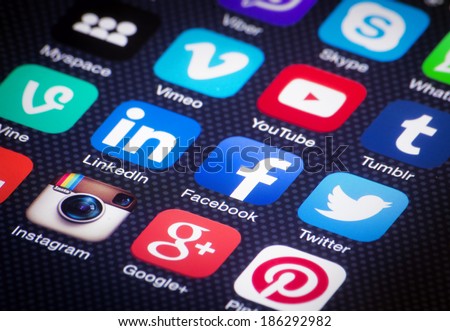TweetDeck to rule the social media world.
Thanks to Rudaí23, it has been a
great experience learning about some new social media tools and getting to know
how to use more familiar ones more effectively. These tools can be very powerful ways of
engaging with our users and marketing our services if used frequently and
judiciously. With that in mind, the
easier it is to do so, the more likely it is that we will keep tweeting and
posting and updating.
Flipboard is one of the tools that I got to learn about through the course that I really like and is one that I definitely would like to spend more time exploring as is seems to have lots of different, useful aspects to it. Because, the social media management aspect of it is mobile rather than desktop based, I chose to use another application to keep up to date with my social media accounts.
Hootsuite is the tool that was
looked at in the Thing 23 blog but I had already started using TweetDeck to try
and manage my social media accounts and I think I will continue to do so. It seems to have most of the same
functionality as Hootsuite. You can schedule Tweets and it is possible to
manage multiple Twitter accounts from its interface as well as linking it with
Facebook and LinkedIn.
It also easily allows you to set
up columns so that you can search by hashtag, list etc. This was really useful during the Rudaí chat
earlier on in the summer when you could follow the discussion quite easily by
setting up a column to follow the chat live.
I also really like the layout, I
think it is simple and uncluttered while at the same time allowing you a good
overview of what is going on with your social media accounts as regards mentions,
retweets, follows etc.
Because TweetDeck makes it so
straightforward, there really is no excuse for not keeping up to date with
social media output!!




